An oddly large portion of the subject when we talk about breweries selling out has to do with the concept of indebtedness. Internet response to the news of an acquisition is laughably predictable. There’s typically a certain amount of moderately witty badinage followed by exasperated outrage, threats of boycott and eventual doomsaying on the part of industry observers. The middle parts are the oddest ones. After all, wits must witter and pontificators have got to fill column inches. It’s the “How dare they sell? They owe us!” part that gets me.
I don’t know if you’ve noticed this, but the majority of your dyed in the wool brewers would make really awful office drones. They tend towards iconoclasm and are unlikely to take direction without taking it personally. One of the elements I’ve noted over the years is how similar their backstories are. They’ve come from different careers, usually where they’re dealing with widgets they don’t have a lot of control over and they want to do something meaningful with their lives: Accountancy, advertising and marketing are all fertile (and moderately lubricated) environments for brewers to spring from.
Entering brewing as a profession requires Ego. You have to believe you can make a product people will want to buy. You have to believe that your product will compete against demonstrably better and more established products. On a small scale, you have to be a polymath with understanding of business, accountancy, marketing, chemistry, biology, food sanitation and a number of other disciplines. You have to have faith that you know everything or can at least pick it up pretty quickly. Now, the level of Ego varies, but I think that when you see Tony Magee from Lagunitas justifying his decisions by quoting Neitzsche and essentially proclaiming himself an avant garde ubermensch that that might be the top end of the scale.
Imagine being 25 years into the process and your lifetime is piling up. You started your brewery at 30 at some point in the 1980’s. No one thought you’d make it, but you beat the odds. You’ve sold millions of barrels of beer, each type of which you painstakingly developed. A lot of your early competitors perished in the 1990’s when the first wave crashed. Your capacity is now well above 50,000 BBL a year and just maybe you’d like to see if there’s more to life than constantly paying attention to a brewery. It has been constant, by the way. You’re never really on vacation. You’re tired and probably have nagging injuries from having worked in brewing for a long time and, just maybe, at the back of your mind, the following thought creeps in: “I’ve taken this about as far as I can.” Does that sting? Does the knowledge that you can’t continue indefinitely cause you to think of legacy?
In some ways, you don’t own the brewery. The brewery owns you. In addition to being a parcel of boilers and vats, it’s more or less everyone you know. There’s brewers and assistant brewers, cellarmen, packaging workers, HR, accounting, tour guides, retail staff, janitors, millwrights, engineers, lab techs, social media and PR experts, cooks, servers, bartenders, drivers, delivery men, not to mention the guy who does the landscaping. The thing that you created drew all of these people under its banner and that probably means that it’s no longer completely yours except maybe monetarily. As your life has gone along you’ve become responsible for these people. If there is indebtedness on a moral level in the sale of your brewery, isn’t it to your employees?
Forget the public for a second. You want to capitalize on your life’s work. You can’t liquidate the brewery without putting all of these people you’re responsible for out of work. That’s not really an option. You’ve got to sell. The only people with money that want to buy a brewery are much larger breweries. Maybe the best you can do is broker the best deal possible: The one that allows your people to keep working. The one that allows your creation, this organism that represents the sum total of your professional accomplishment to continue growing even past your involvement and possibly beyond your ultimate demise.
Boulevard:
It’s late August and I’m talking to Jeremy Danner. Actually, he’s pulled over on Interstate 29 to buy ice for his kegs, so I’m waiting to talk to Danner. We’ve already had a tense moment where I assumed Randyll, his wife, was his brother. He’s driving to Omaha to go to the Great Nebraska Beer Fest and I’m theoretically calling to talk to him about Boulevard’s Tank 7 Saison, but so far most of the call has been apologizing for assuming his wife’s a dude. It’s the first time that Boulevard has been in the LCBO and Tank 7 is the highlight of their summer launch. (Unfortunately I never quite managed to use the interview. How much this information can possibly help you now, three months later, I don’t know. Hopefully it will be back.)
Why was Boulevard in the LCBO at all? In 2013, Boulevard sold to Duvel Moortgat for an undisclosed amount of money. Wikipedia suggests the amount involved was over $100 million, a fairly reasonable amount of money when you consider that Boulevard is full of potential. An expansion in 2006 left them with the ability to produce 600,000 BBL a year. That’s a volume that would have put them in the top ten American craft breweries by volume at that time.
Because Duvel Moortgat has a relationship with a Canadian importer, Horizon Beers, we suddenly have access to Boulevard Tank 7 Saison. Danner, who’s responsible for a heck of a lot of entertaining social media presence on Boulevard’s behalf, is answering questions about Boulevard for me in a very straightforward way. I’m curious to know how Boulevard changed after the acquisition. He’s the man to ask. As an Ambassador Brewer, he worked his way up from starting on the bottling line in 2008 on the Smokestack line of products. He was good enough at talking to Sales Reps and answering requests for information about brewing that he was eventually placed on the marketing payroll. He now handles social media and staff tastings and mans the booth in places like Omaha.
I’m looking at Google Maps and the stretch between Kansas City and Omaha is what I believe they refer to as flyover country or Middle America. There’s a tense moment when I refer to it that way. If you strip away the quality of the beer for a moment, what you’re left with is a logistical problem. Boulevard is 1200 miles from New York City and 1600 miles from Los Angeles. Boulevard has been doing business in the Midwest very successfully since 1989. They’re selling 186,000 BBL of beer. They have the ability to make 414,000 BBL more than that. There may not be enough Middle America to soak up that volume.
The following quote is from KansasCity.com and relates owner John McDonald’s state of mind prior to the sale:
John McDonald, who started the iconic brewery in a warehouse at 25th Street and Southwest Boulevard with used equipment, said that at age 60 it was time to find a buyer.
“My kids are too young to take over, and I don’t want to be 70 coming down here arguing with people,” he said.
Selling to Duvel is a brilliant move, as it turns out. They have presence in markets worldwide and sales forces that will be able to sell Boulevard’s beer in far more diverse geographical markets. On the east coast, you’ve got an established group of sales representatives for Duvel and their New York State subsidiary, Ommegang. Weeks before the call was scheduled, Duvel Moortgat acquired Firestone Walker. I’m mostly concerned with whether Pivo Pils is going to make it to Toronto. Danner is quick to point out that the move added a four person sales force in California and a two person sales force in Chicago to a network that had already expanded the potential for Boulevard’s sales.
Ommegang, Boulevard, and Firestone Walker are all now positioned to be larger presences in markets across America and internationally. The only changes to quality that have occurred are those that happen naturally when you expand your production volume. Well, that and the role of Brewer Ambassador has been so successful that Duvel might try it out at places other than Boulevard.
Boulevard is an example of a case where selling the brewery was not only the best move for an aging owner, but also the best move for the brewery. A campaign to increase sales volume would have been long and painstaking, involving developing logistical strategy, on the ground sales forces and test marketing for new regions. Basically, Boulevard got paid $100 million to take a piggyback ride.
Goose Island:
It’s September 19th and I’m posted up under a brick archway to keep out of the rain in a Chicago neighbourhood I’ve been warned not to walk through. Earlier in the day during a tour of the Goose Island brewery on Fulton Street we popped outside briefly to look at the vertical tank Matilda sits in, waiting. Topping the ten foot brick wall around the brewery property is a none too subtle helix of glistening razor wire. Chicago is not Toronto. There are wider undercurrents of tension both of class and race, subtexts running amok and seeping osmotically into your psyche. This much I learned on the EL from Midway.
I’m meant to be covering an event called the 312 Urban Block Party, but coverage is difficult as the storm warnings forecast tornadoes for the outskirts of Chicago. The wind is eerily calm and the rain is cool on a dog day evening. Down the block on the main stage Calexico is sounding like an early Chicano/Surf Rock Tarantino soundtrack. My interest in the Block Party is limited by the conditions in which we find ourselves. You can be dry or you can watch the band. What interests me is Goose Island in a general sense. How can you figure out what happens to a brewery after they sell out unless you visit one? How can you visit one unless they’re flying you in and providing access? On twitter and Instagram, I’m making a mockery of the ethical dilemma having declared on Friday morning that “junket coverage begins now,” but it concerns me a little. Worming around in the back of my thoughts is the idea that no matter what I say someone will claim I’m on the take.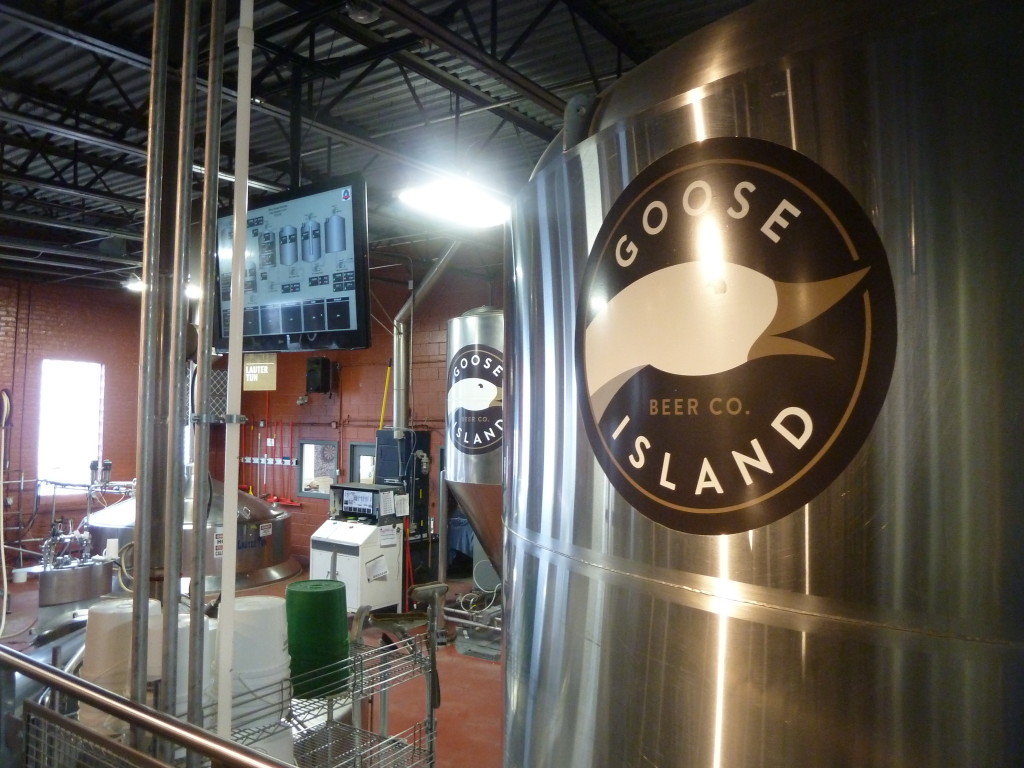
It turns out that on the ground, Goose Island is confusing. The fact is it’s fragmented and difficult. There’s a tendency to think of a product owned by AB InBev as some monolithic entity and to ascribe a level of polish simply due to the ownership. That turns out largely to be bunk.
The ownership structure is odd both currently and historically. Looking at the entry on Wikipedia it becomes pretty clear to me that they weren’t an independent brewery before they were bought out by AB InBev. Widmer Brothers bought a large stake in 2006 and the Craft Brew Alliance owned 42% of the company by 2011. It’s pretty clear to me that Goose Island in 2005 faced approximately the same problem Boulevard had: Chicago is sort of a long way from the west coast. The sale to Widmer Brothers would have allowed for greater distribution. Even the numbers are fairly similar. Before the AB InBev purchase, Goose Island was producing something like 150,000 BBL annually. It’s now more like 340,000 BBL. I would imagine a lot of that is produced in New York and Quebec and Colorado.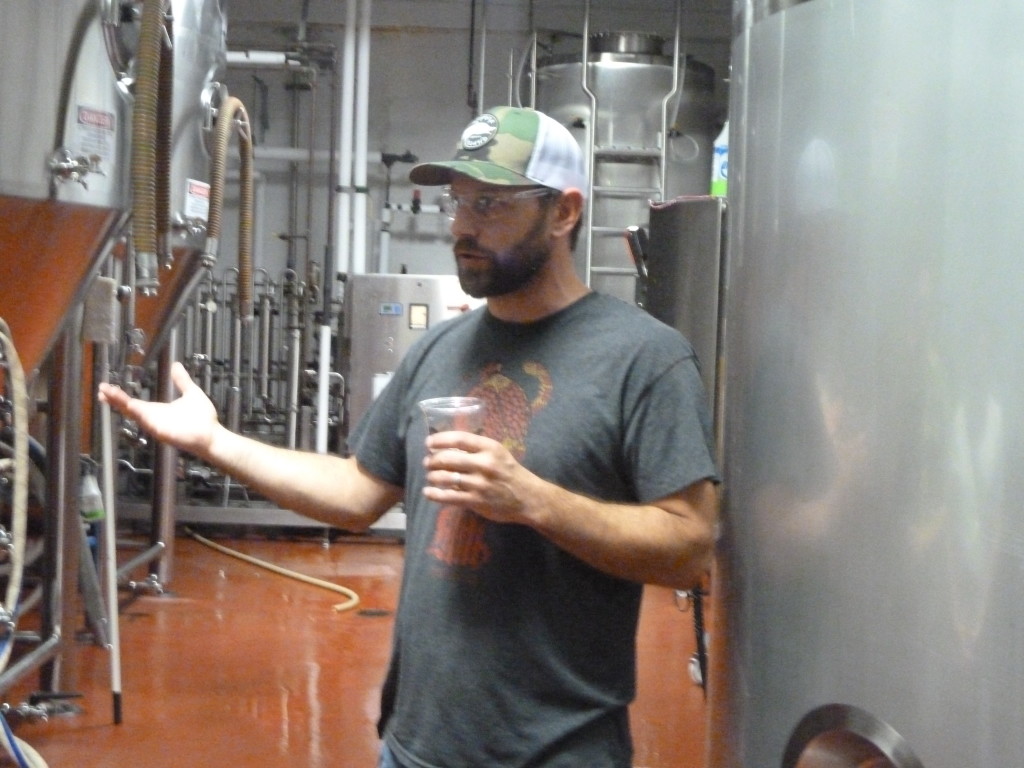
The interesting part to me is that the company is pulling in different directions. We’re touring the Fulton Street Brewery earlier that day, before the tornados have begun to threaten, and Jared Jankowski is walking us through the plant. Walking the cordoned yellow lines, there’s a visible disconnect in the facility between past and future.
Fulton Street’s bottling line is chock a block with Bourbon County Barrels while we’re there and the amount of space given over to the barrel aged beers like Sofie and Matilda is astounding. The barrels are being given special attention. It’s clear that the attention is being given to the products that existed prior to the takeover. There are new products in development, but somehow the experimental beers being brewed at Fulton Street feel antediluvian despite their youth. An Altbier blended with Apple Cider and named for a reference to Stephen King’s The Dark Tower feels like something from the last decade. It’s good, but it’s not the future for Goose Island. Ka like a wheel.
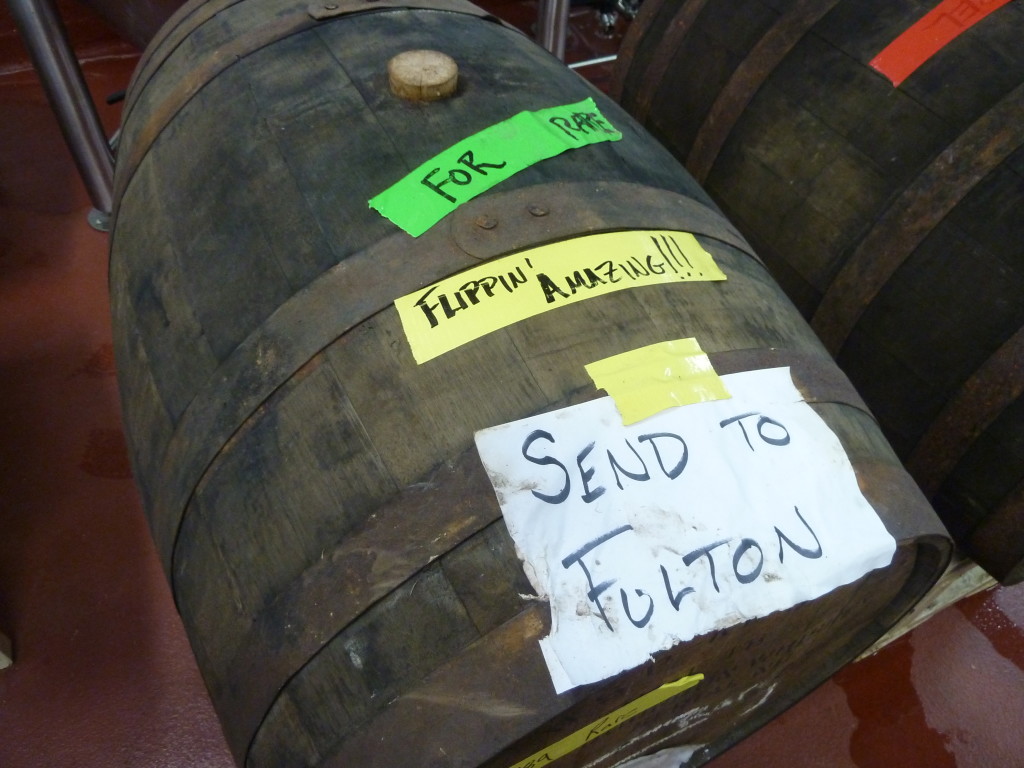
If you’re a very special barrel, you get used as part of the rare series. Also, you’re pronounced Flippin’ Amazing.
The brewpubs were not a part of the sale to AB InBev. This baffles me a little. They are a part of the tour that we will go on tomorrow. The Clybourn brewpub where the company started is retained by founder John Hall. It seems to slot them in the same category as the Fulton Street Brewery. It is not that they are an irrelevance. It is that they are somehow lesser than. A second thought or that rarest of things; a profitable R&D centre.
Out on the street, in the rain, the lines are short for even the most coveted Bourbon County Variants, people are huddling under umbrellas in the block long line for Hot Doug’s and I’m drinking Bourbon County Proprietor’s blend 2014, flavoured with Cassia Bark, Cocoa Nibs, Panela and Coconut Water. It tastes like expensive vegan baking in a way that I never believed I’d refer to as positive. The attraction of this beer (in addition to the fact that it’s just excellent) is that it is rare. I’ll never get to drink it again. There are probably not a lot of bottles left anywhere. There is a sense of concrete time here because of the knowledge that this is unrepeatable. Listen to the band, dodge the storm, huddle under your red brick arch, drink this wonder and wait for the flood.
Rarity is funny and something becomes obvious the second night of the Urban Block Party: In Toronto Sofie and Matilda have a sense of occasion. The heavy wine bottles that they come packaged in render them a specialty item for drinking with dinner or at least for sharing as an aperitif. On Fulton Street, amidst a sea of concert goers, a 16oz pint of Sofie and Matilda in a plastic cup that costs three dollars renders that moot. The presentation kills it dead; just another beer without the pomp. The beer in both cases is practically identical. The former bottle conditioned, the latter on keg. Near enough as makes no difference to the layman. Is the difference the wine glass?
Rarity weighs heavy in the Goose Island equation. I do not have a figure on the number of barrels of production that go towards their new barrel warehouse, but I guarantee you that it’s unfathomable. I do have a figure on their square footage: 133,000. That’s just over three acres of barrel warehouse with bourbon and wine barrels stacked four racks high. I am mistrustful of this kind of show. I knock on the side of each barrel I pass. They are full up. If there’s an angel’s share then the angels have got their dancing shoes on and will need to call in sick tomorrow. We’re told that they thought it would take five to seven years to fill the space. They are well on their way two years in.
I do not have a figure for the number of barrels on the racks. It’d almost be a five digit number. There are experimental blends in the stacks and foeders on the floor. They are testing different techniques. The two farmhouse ales that are new to me on the trip are Halia and Gillian, both incorporating fruit. The burnaby condos for sale from last year’s real estate fair had a place for sale that produced the finest ale I had ever tasted. The first is peachy somehow retaining both tart bite and luscious chin dripping juice. The latter is strawberry and honey; a June day picking your own berries.
They say that the quality drops when a large brewery takes over. Gazing down the lines of barrels it occurs to me that quality is not the issue here. I have little doubt that it will remain similar. It cannot stay identical. There are too many barrels and they will be blending Heaven Hill with Buffalo Trace with Jack Daniels. It will be different, but I know that it will not be worse. You do not throw this kind of money at a project for diminishing returns.
I wonder, instead, whether they have badly misjudged. On Black Friday Bourbon County Stout is a tradition not unlike trampling your fellow man for a half price clock radio. What happens if you take it out of that context? They are making enough of it to do exactly that. It is 23 years since it was first brewed. It is as good a heavyweight Imperial Stout as I have ever had. Would the year round availability of Bourbon County Stout kill the concept of rarity for the style entirely? They must be achieving a massive economy of scale. Given the quality and the pricing how can anyone compete against them except on novelty or the desire for context? Or will it be as it was on Fulton Street with Sofie and Matilda, the removal of the specialized context allowing me to tip half the contents of the plastic cup into a gutter without guilt as I move on to try something novel.
One thing is certain: John Hall has done well out of the acquisition. Not only does he retain control of his brewpubs, but the specialty brands he created are poised to triumph: The first Bourbon Barrel aged beer and Sofie, a Farmhouse Ale named for his granddaughter will achieve wider circulation than they could possibly have done with the brewery under his control. The employees have fared well too. There are many more of them than there had been. He seems to have cemented a legacy for the brewery in a way that he would not have been able to without selling out. There is no chance of Goose Island disappearing, but one wonders what will happen as a result of its frenetic expansion.
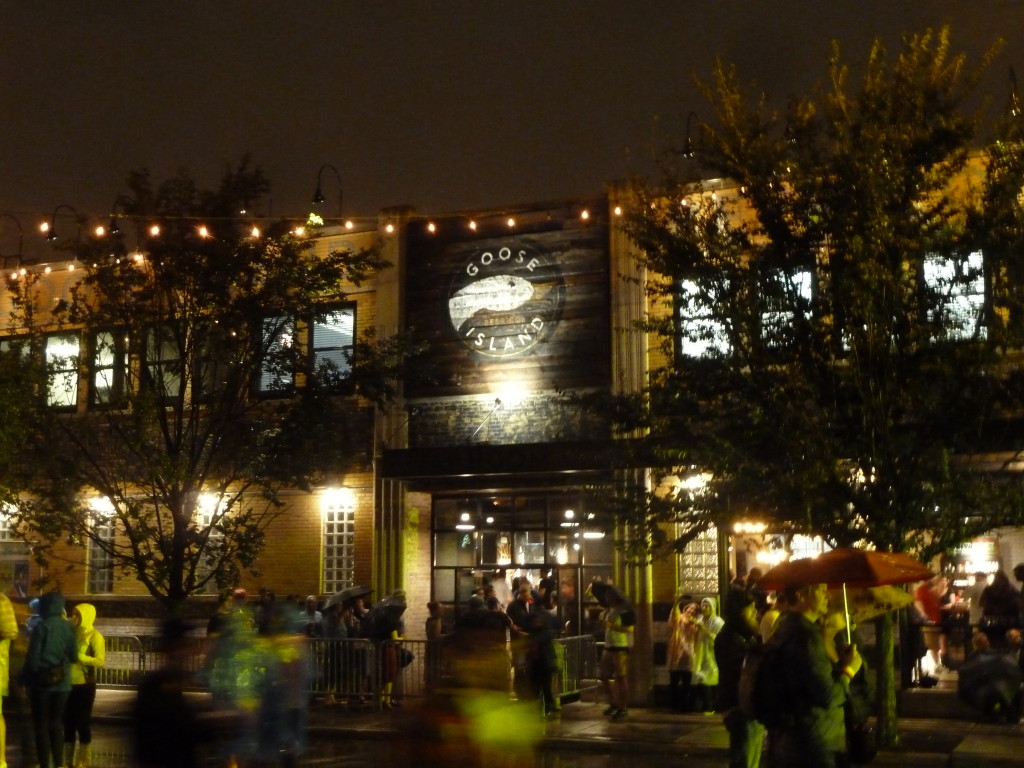
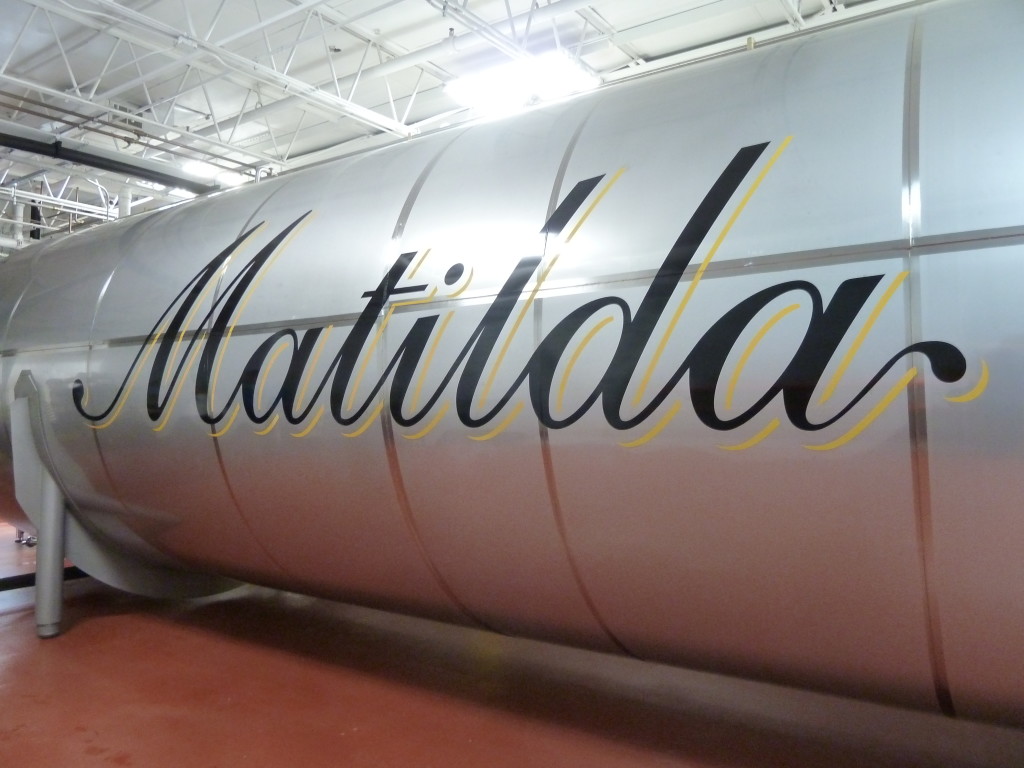
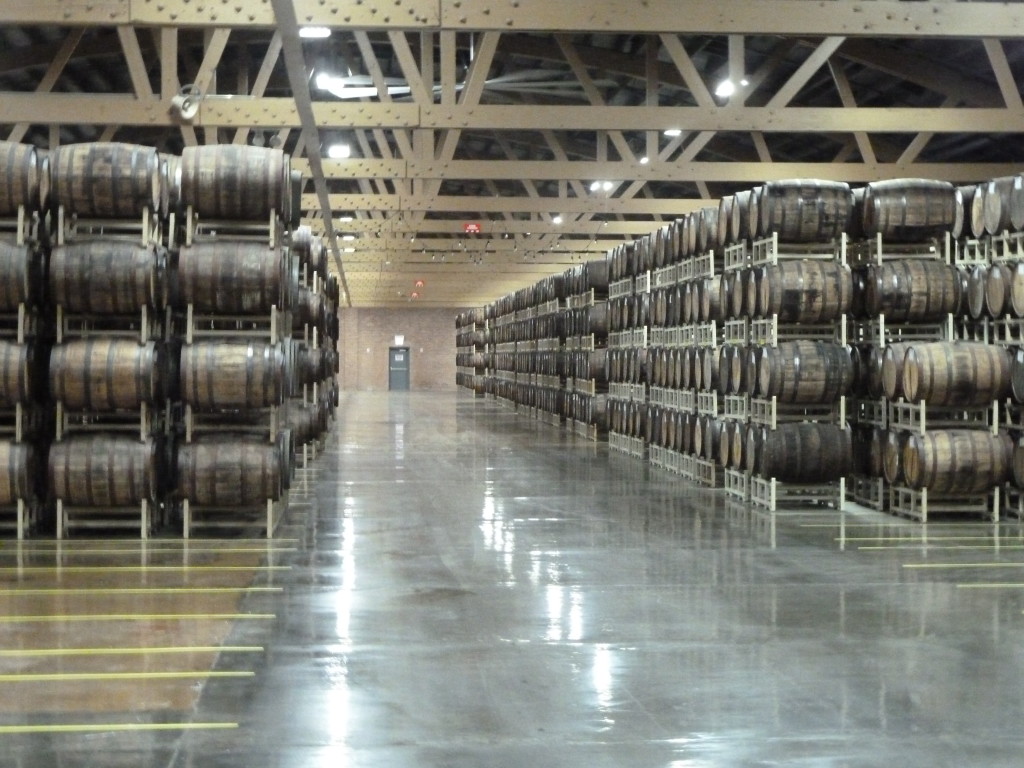
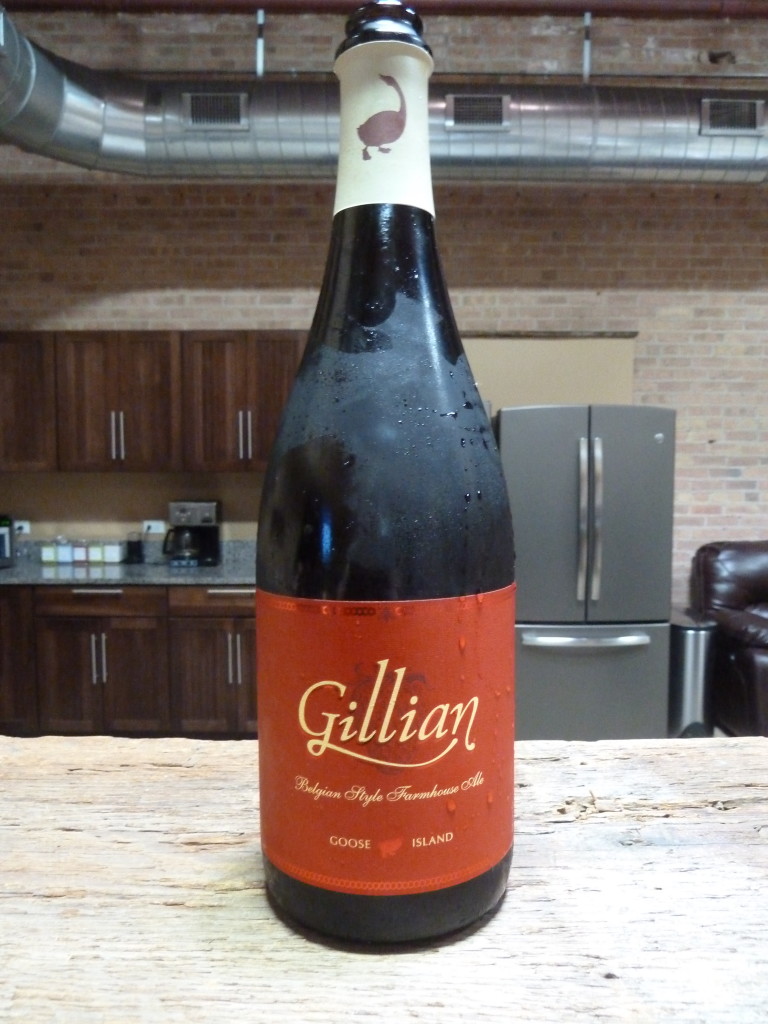
Just a wonderful cut through to the reality of “good brews” are “good brews” – regardless of owndership of the inner politics of small vs. big. Well done. I know that brewers at Creemore and Granville (my former Molson Coors “craft” breweries) have the same passion and love for what they do (in my humble opinion). I also know a number of “brewers” working at the large brewers that have a passion and love for the product as true craftsman and artists in the brewing industry. What clouds the truth is the politics of brewing…methinks they’d all be better off if they could lose the small vs big whining and pull together as total craftsmen and women. Cheers Jordan. FERG @FergDevins @DevinsNetwork
I was talking to Gord Fuller the other day. It was a little refreshing because he’s been on both sides of that dynamic at Creemore. From about 1992-2005 as an independent and from 2005-2015 as a subsidiary. It doesn’t really seem to have made very much difference to him. Day to day, he’s just Gord.